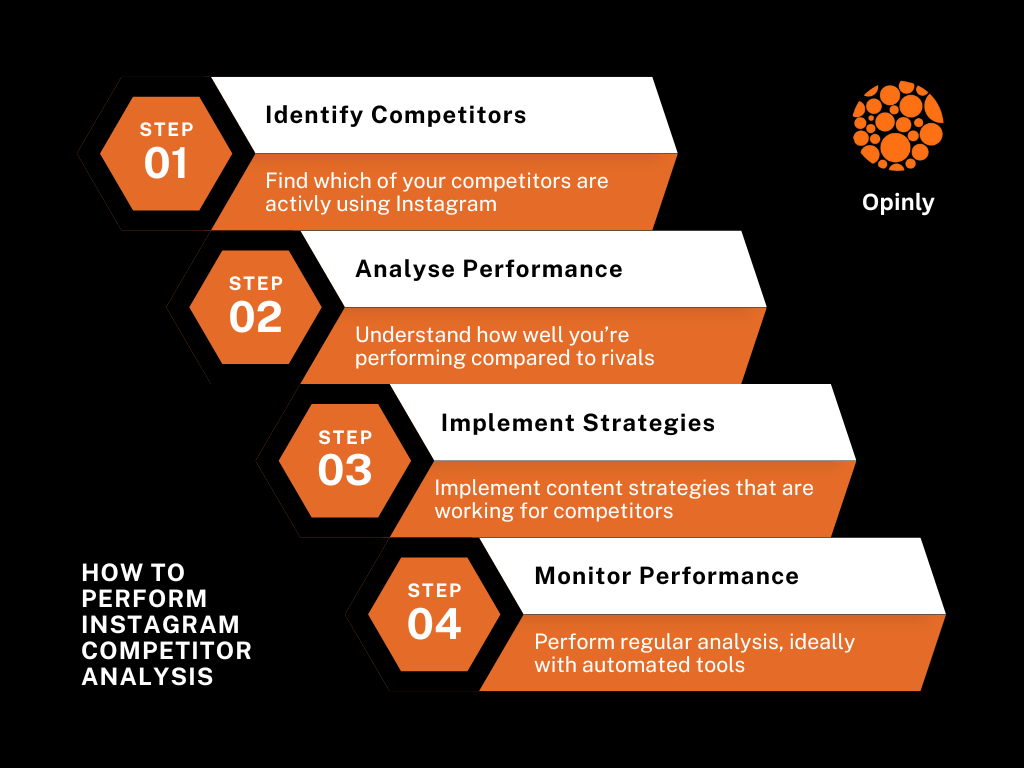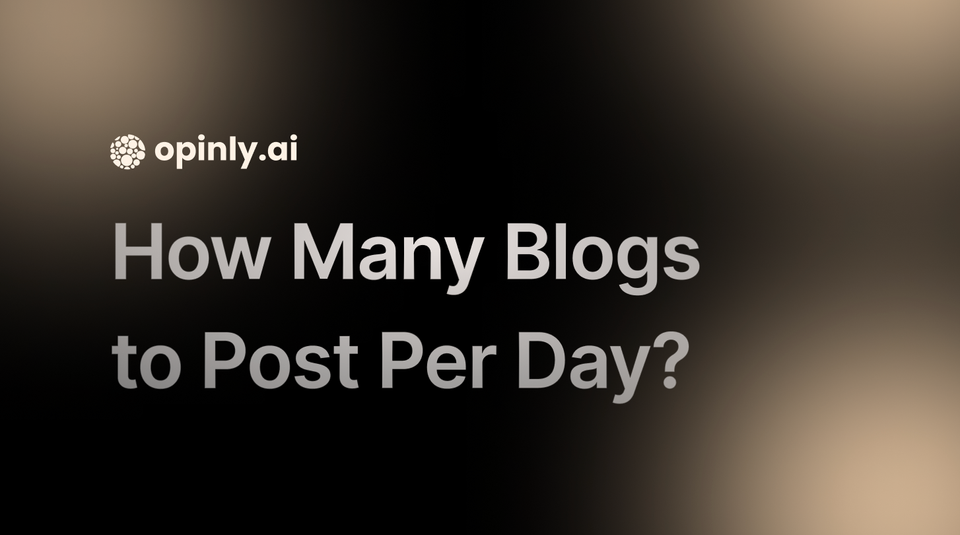The Complete Guide to Price Monitoring Tools
Learn how to use price monitoring tools and competitor price tracking for a successful price strategy and stay ahead of competitors.
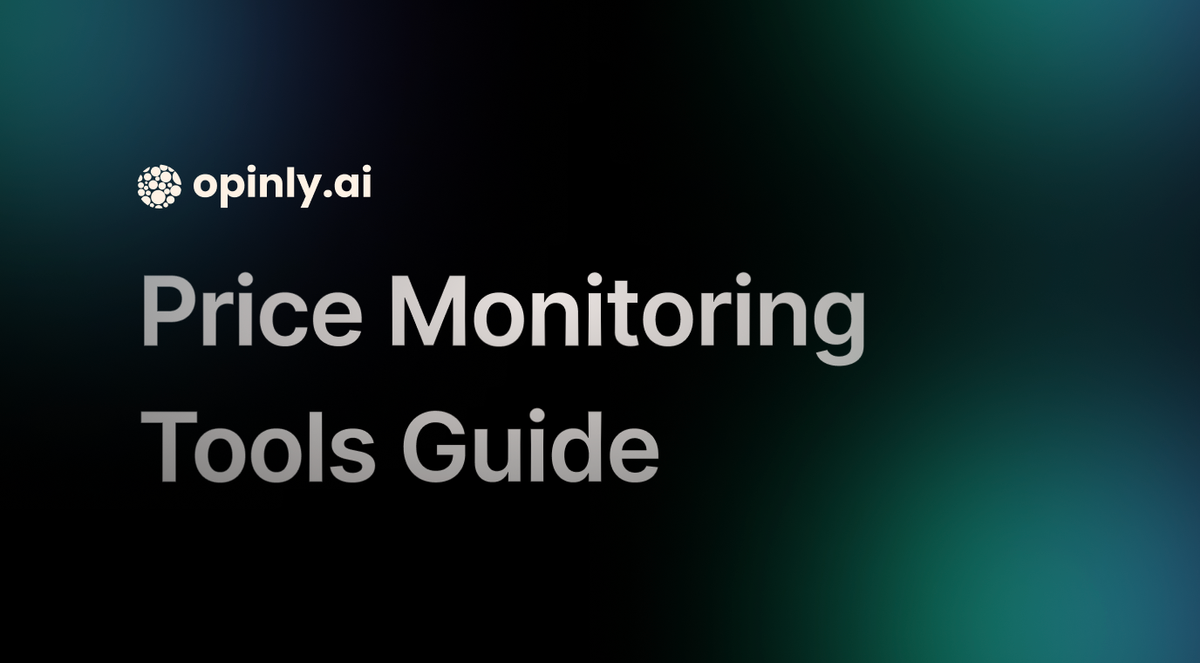
For most e-commerce businesses, staying competitive is no longer an option—it's a necessity. Understanding and adapting to competitor pricing can be the key to success for businesses of all sizes.
Implementing advanced price monitoring tools is not just about tracking competitor prices; it's about gaining strategic insights that drive smarter pricing decisions, enhance market competitiveness, and ultimately, boost profitability." - David McGuckin, Software Engineer at Opinly AI and v0 Report
This is where price monitoring tools come into play. These optimisation tools help businesses track competitor prices in real-time, providing invaluable insights that can inform your pricing strategy, enhance profit margins, and improve overall market positioning.
Imagine having the ability to automatically track prices across various online retailer platforms, adjust your dynamic price, and respond to market price comparisons for competitor analysis monitoring, which can optimise your business strategy.
Whether you're a small business owner looking to maximise profits or a large corporation striving to automate price adjustments, price optimisation tools can be a game-changer.
In this comprehensive guide, we'll explore what price monitoring tools are, how they help product price repricing, and why they are important for your business.
Transform your pricing monitoring process and elevate your business to new heights!
What is a Price Monitoring Tool?
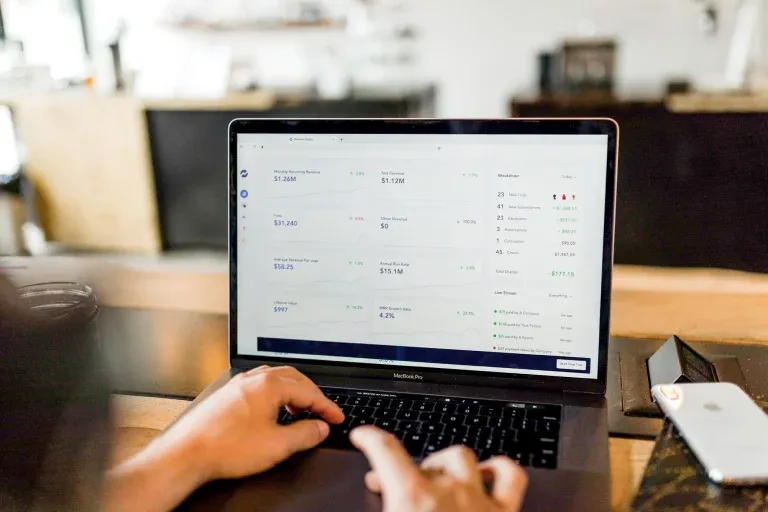
A price monitoring tool is a competitive intelligence software that helps businesses monitor their competitors' prices. A competitor's price monitoring software tracks and updates the prices of similar products or services in real-time from different online platforms.
This price competitor monitoring information helps businesses adjust their prices to stay competitive and maximise profits. With features like automatic alerts, detailed reports, and data analysis, price monitoring tools are important for any business wanting to stay ahead in the market.
How Can Competitor Price Tracking Help with Competitor Prices?
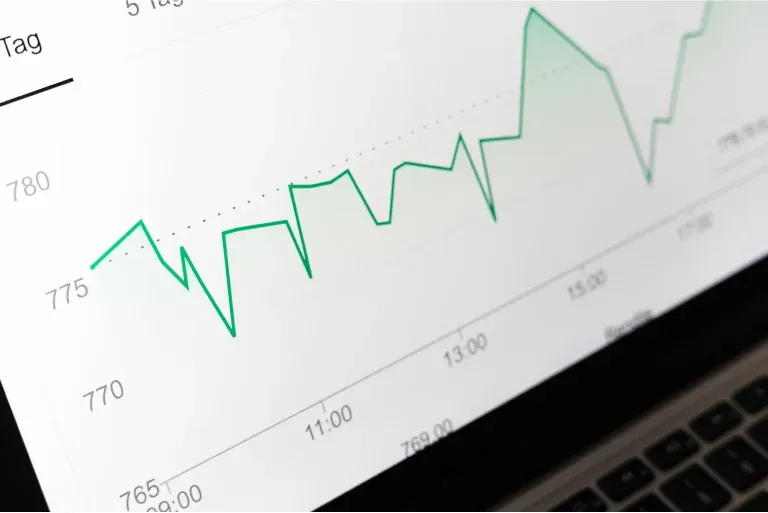
Competitor price tracking helps businesses stay competitive by giving them real-time information about their competitors' prices. By keeping an eye on these prices, businesses can adjust their own prices to stay attractive to customers.
A competitor price tracking monitoring tool also helps them see market trends and find chances for special offers or discounts. This way, they can quickly react to changes, improve their pricing strategy, and maintain a strong market position.
Why Do You Need Competitor Price Monitoring Tools for Competitor Price Tracking?
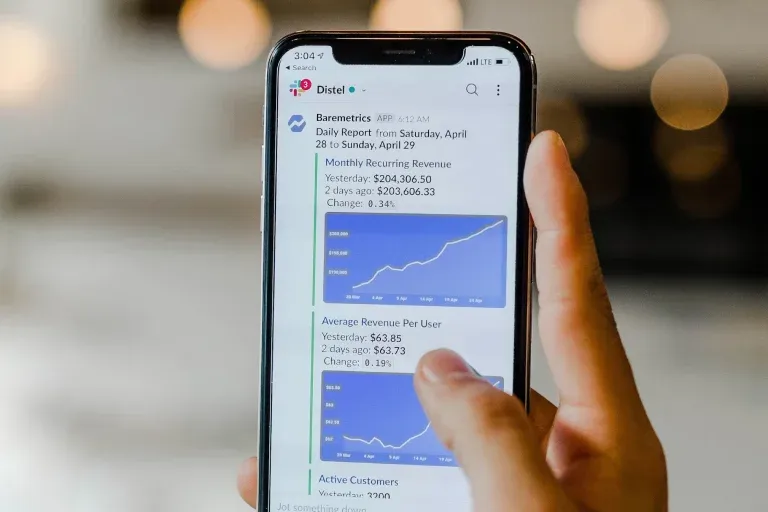
Close-up view of a price monitoring tool's alert settings for price drops and increases.
Competitor price monitoring tools are important for online price monitoring and tracking competitor prices because they make the price tracker process easy and efficient.
These competitor monitoring tools give you real-time updates, so you always have the latest competitor data information. They save you time and effort by tracking pricing changes from different sources, allowing you to adjust your minimum advertised price to stay competitive quickly.
With detailed price intelligence reports and pricing tool analysis, these price monitoring tools can help you make smart decisions, spot trends, and find promotion opportunities. An online price monitoring tool can give you a strategic advantage, helping you improve your pricing strategy and boost your business performance.
7 Benefits of Price Monitoring Tools
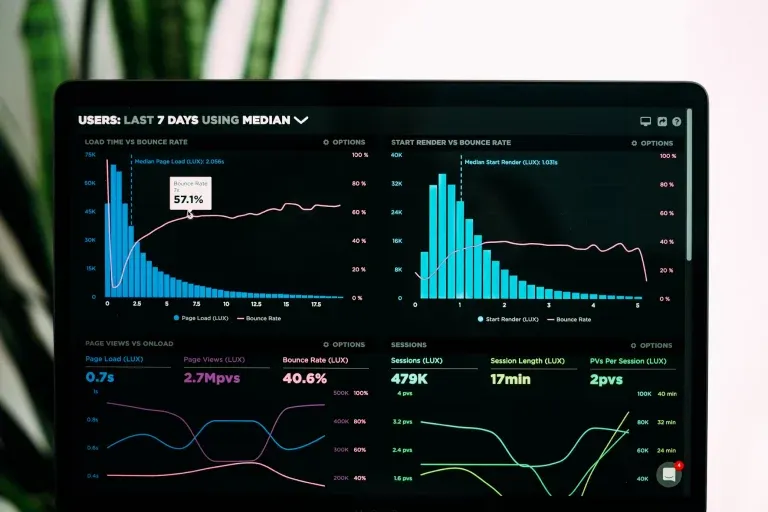
1. Real-Time Updates
Real-time updates refer to the ability of an automated price monitoring tool to provide immediate and continuous information about changes in competitors' pricing. This means that businesses receive the latest data as soon as it becomes available, helping them to respond swiftly to market dynamics.
Example:
- SaaS Business Offering Project Management Tools: Imagine a SaaS company providing various industries with project management software. The market for such tools is highly competitive, with several players constantly adjusting their prices to attract more customers. Using the best price monitoring tools with real-time update capabilities, the SaaS company can instantly see if a competitor lowers their subscription fees or offers a limited-time discount.
- Scenario: Suppose a leading competitor suddenly reduces their monthly subscription price by 20%. With real-time updates, the SaaS company will immediately be notified of this change. Armed with this information, they can quickly assess their pricing strategy and decide on the best action. They might match the competitor's price, offer a similar discount, or highlight unique features that justify their current pricing.
- Outcome: This quick response helps the SaaS company remain attractive to potential customers who are comparing options. It also prevents the company from losing existing customers to competitors offering lower prices. By staying agile and responsive, the company ensures it maintains a strong market position and continues to attract and retain customers effectively.
Thus, real-time updates empower SaaS businesses to be proactive rather than reactive, allowing them to stay ahead in the fast-paced and competitive market.
2. Time-Saving
Time-saving refers to the efficiency gained by automating the tracking of competitor price changes, eliminating the need for manual data collection and analysis. This web change detection tool automation allows businesses to allocate their time and resources more effectively, focusing on strategic tasks rather than routine analysis of price monitoring.
Example:
- SaaS Business Providing CRM Software: Consider a SaaS company that offers Customer Relationship Management (CRM) software. Staying updated with competitors' pricing is important for maintaining a competitive edge in a competitive market. Traditionally, this would involve regularly visiting competitors' websites, noting any price changes, and manually updating internal records.
- Scenario: The CRM software company decides to monitor a competitor tool that automates this entire competitor insights process. The competitive monitoring tool continuously scans competitor websites, collects pricing data, and provides real-time updates on any changes. This means that the marketing and sales teams no longer need to spend hours each week manually checking prices and updating spreadsheets.
- Outcome: With automation, CRM software companies save significant time and effort. The employees can now focus on more critical tasks, such as developing new features, enhancing customer support, and crafting strategic marketing campaigns. The time saved also translates into cost savings, as less manpower is required for routine monitoring tasks. Additionally, the company benefits from having up-to-date and accurate pricing data, ensuring it can make timely and informed decisions to stay competitive.
Automating the price tracking process can save time and allow SaaS businesses to optimize their operations, improve productivity, and focus on activities that drive growth and innovation.
3. Data Accuracy
Data accuracy refers to the reliability and precision of the information collected and used by businesses. Accurate data is free from errors, inconsistencies, and discrepancies, ensuring that decisions based on this data are sound and trustworthy.
Example:
- SaaS Business Specializing in Email Marketing Tools: Consider a SaaS company that offers email marketing solutions. This market is highly competitive, with numerous players offering a range of features at varying price points. For this company, having accurate and up-to-date pricing information through robust price monitoring tools is vital to remain competitive.
- Scenario: The email marketing SaaS company uses a price monitoring tool that gathers pricing data from multiple competitors' websites, social media channels, and online marketplaces. This tool aggregates and cross-references the data to ensure accuracy, filtering out any discrepancies or errors.
- Outcome: The company can make better-informed decisions with access to precise and reliable pricing information. For instance, they might discover that a competitor has introduced a new pricing tier or seasonal discount. Accurate data allows them to respond appropriately—whether by adjusting their own pricing, adding value through additional features, or launching a targeted marketing campaign. Furthermore, accurate data helps in forecasting and strategic planning, allowing the company to anticipate market trends and adjust its offerings proactively.
By relying on accurate data from multiple sources, the email marketing SaaS company can confidently make pricing decisions that enhance its competitiveness, attract more customers, and drive business growth.

4. Competitive Pricing
Competitive pricing is a strategy in which businesses set their prices based on their competitors' prices. This approach ensures that the business remains attractive to customers by offering similar or better value than other market players.
Example:
- SaaS Business Offering Accounting Software with Price Monitoring Tools for E-commerce: Imagine a SaaS company that provides accounting software to small and medium-sized businesses. The accounting software market is crowded, with many competitors offering similar features at competitive prices. The SaaS company must ensure its pricing remains attractive to potential customers to succeed.
- Scenario: The SaaS company uses a price monitoring tool that alerts them whenever a competitor changes prices. One day, they receive a notification that a major competitor has dropped their subscription price by 15%. Recognising the potential impact on their customer base, the SaaS company quickly convenes a meeting to discuss their response.
- Outcome: By quickly adjusting their strategy in response to the competitor’s price drop, the SaaS company successfully retains their customer base and continues to attract new clients. The ability to swiftly adapt their pricing or value proposition ensures they remain competitive in a dynamic market.
5. Trend Analysis
Trend analysis is collecting information over time to identify patterns and trends in the data. In pricing, it involves examining how competitor prices fluctuate and recognising recurring themes, such as seasonal discounts or promotional periods, particularly in online retail. This analysis helps businesses predict future market behaviours and adjust their strategies accordingly.
Example:
- SaaS Business Providing Cybersecurity Solutions: Consider a SaaS company offering cybersecurity solutions to businesses. The cybersecurity market is highly dynamic, with competitors frequently adjusting their prices based on demand, new threats, and technological advancements. The SaaS company needs to understand these market trends and respond accordingly to stay competitive.
- Scenario: The cybersecurity SaaS company uses a price monitoring tool that tracks competitors' current prices and analyses historical pricing data. Over time, they notice that several competitors consistently offer significant discounts during certain periods, such as the end of the financial quarter, Black Friday, or major industry conferences.
- Outcome: By leveraging trend analysis, the cybersecurity SaaS company can make strategic decisions that align with market behaviours. They can plan their promotional campaigns more effectively, launch new features at opportune times, and adjust their pricing strategy to remain competitive. This proactive approach helps maximize revenue and maintain a strong market position.
Trend analysis helps empowers SaaS businesses to navigate the market intelligently, ensuring they capitalise on opportunities and mitigate risks by understanding and responding to evolving market trends.
6. Strategic Insights
Strategic insights refer to the deep understanding and actionable knowledge gained from analysing data and market conditions. In the context of pricing, these insights help businesses develop and refine their pricing strategies to meet customer needs better, stay competitive, and maximise profitability.
Example:
- SaaS Business Offering Cloud Storage Services: Consider a SaaS company that provides cloud storage solutions. The market for cloud storage is diverse, with numerous competitors offering various pricing tiers and feature sets. The company needs to continuously refine its pricing strategy based on market insights and price fluctuations to stay competitive.
- Scenario: The cloud storage SaaS company uses a price monitoring tool to collect and analyze data on competitors' pricing patterns. They observe that competitors frequently adjust their pricing tiers and introduce new features to attract different customer segments. By studying these patterns, the company gains valuable insights into what customers value and are willing to pay for.
- Outcome: With these strategic insights, the cloud storage SaaS company can create a more compelling pricing strategy that resonates with its target audience. It can offer competitive and feature-rich pricing plans that appeal to a broad range of customers. This strategic alignment with market demands helps the company attract more customers, increase conversions, and boost customer satisfaction and loyalty.
Strategic insights thus enable SaaS businesses to refine their pricing strategies thoughtfully, ensuring they offer the right mix of pricing and features to meet customer needs and maintain a competitive edge in the market.
7. Improved Profit Margins
Improved profit margins refer to the increase in the percentage of revenue that remains as profit after all expenses are deducted. In the context of pricing, it involves setting prices at a level that maximizes profitability while still being competitive.
Example:
- SaaS Business Providing Video Conferencing Tools with Web Change Detection Tools: Consider a SaaS company that offers video conferencing solutions with 30-day free trial options. The market for these tools is highly competitive, with many providers offering similar features. The company needs to set their prices strategically to increase their profit margins.
- Scenario: The video conferencing SaaS company uses monitoring tools to gather and analyze data on competitor pricing. By examining this data, they can identify how competitors price their plans and what features are included at each price point. They notice that competitors with higher pricing tiers include advanced features such as enhanced security, higher participant limits, and better customer support.
- Outcome: The video conferencing SaaS company can achieve improved profit margins by optimizing its pricing strategy based on insights from price monitoring tools. They set competitive yet profitable prices, ensuring they capture a fair share of the market while maximizing their revenue. This balanced approach helps the company grow sustainably, enhancing its overall financial health and enabling further investment in product development and customer support.
Improved profit margins thus allow SaaS businesses to thrive by ensuring their pricing strategies are finely tuned to balance market competitiveness with profitability, leading to increased revenue and sustainable business growth.
Why Opinly AI is the Best Competitor Price Tracking Software

Opinly AI is the best competitor price tracking software due to its real-time updates, accurate data collection, and comprehensive analysis features.
With its user-friendly interface and automated tracking, Opinly AI saves you valuable time and effort, allowing you to focus on strategic decisions. By providing deep insights and trend analysis, Opinly AI helps you track and monitor your competitors, optimize your pricing strategy, and maximize your profit margins.
Don't let your competitors get ahead of you. Try Opinly AI today and see how it can improve your pricing strategy. Sign up for a free trial and find out how Opinly AI can give you the edge you need to succeed. Start now with the best price monitoring tools and take your business to the next level!
Conclusion
Staying competitive is more important than ever, and price monitoring tools are your secret weapon. These tools give you real-time updates, so you always know your competitors' prices. They save you time by automating data collection and ensure you have accurate information to make smart decisions.
By using price monitoring tools, you can spot market trends, receive price drop alerts, and adjust your prices to attract more customers and increase your profits. These tools help you stay ahead of your competitors by offering insights that improve your pricing strategies and promotions.
Embrace price monitoring tools to transform your approach to pricing. With the right information and strategies, you can drive your business to new heights.
Frequently Asked Questions
1. What is a Price Tracking Tool and How Does It Work to Track Competitor Prices?
A price tracking tool is a software application designed to monitor and record the prices of products across different platforms and competitors. It works by scanning websites, marketplaces, and other online sources to provide real-time updates on pricing changes. Most competitor price monitoring tools available in the market allows businesses to adjust their pricing strategies based on accurate and up-to-date information.
2. Why Should I Use Price Monitoring Software for My Business?
Using price monitoring software helps your business stay competitive by providing insights into market trends and competitor pricing strategies. It saves time by automating the data collection process, ensures data accuracy, and helps you make informed decisions. This can lead to better pricing strategies, improved profit margins, and a stronger market position.
3. How Do Competitor Price Tracking Tools Benefit My Business?
Competitor price tracking tools allow you to keep an eye on your competitors' prices in real-time. This information helps you adjust your prices quickly to remain competitive, identify opportunities for promotions, and understand market trends. By staying informed about your competitors’ pricing strategies, you can make smarter decisions and maintain a competitive edge.
4. What Features Should I Look for in Top Price Monitoring Tools?
When choosing a price monitoring tool, look for features such as real-time updates, automated data collection, comprehensive analysis reports, and user-friendly interfaces. Additionally, ensure the monitoring competitor pricing tool offers accurate data from multiple sources, customizable alerts, and integration with other business systems. These features will help you get the most value ahead of the competition and insights from your competitors niche.
5. Why is Opinly AI Considered the Best Price Monitoring Software?
Opinly AI is considered the best price monitoring software due to its advanced features, ease of use, and reliable data accuracy. This pricing software offers real-time updates, automated tracking, and deep analysis tools that provide strategic insights. Opinly AI' price monitoring provides and helps businesses optimise their price and product strategies, stay competitive, and maximize profit margins, making it a top choice for many companies.

